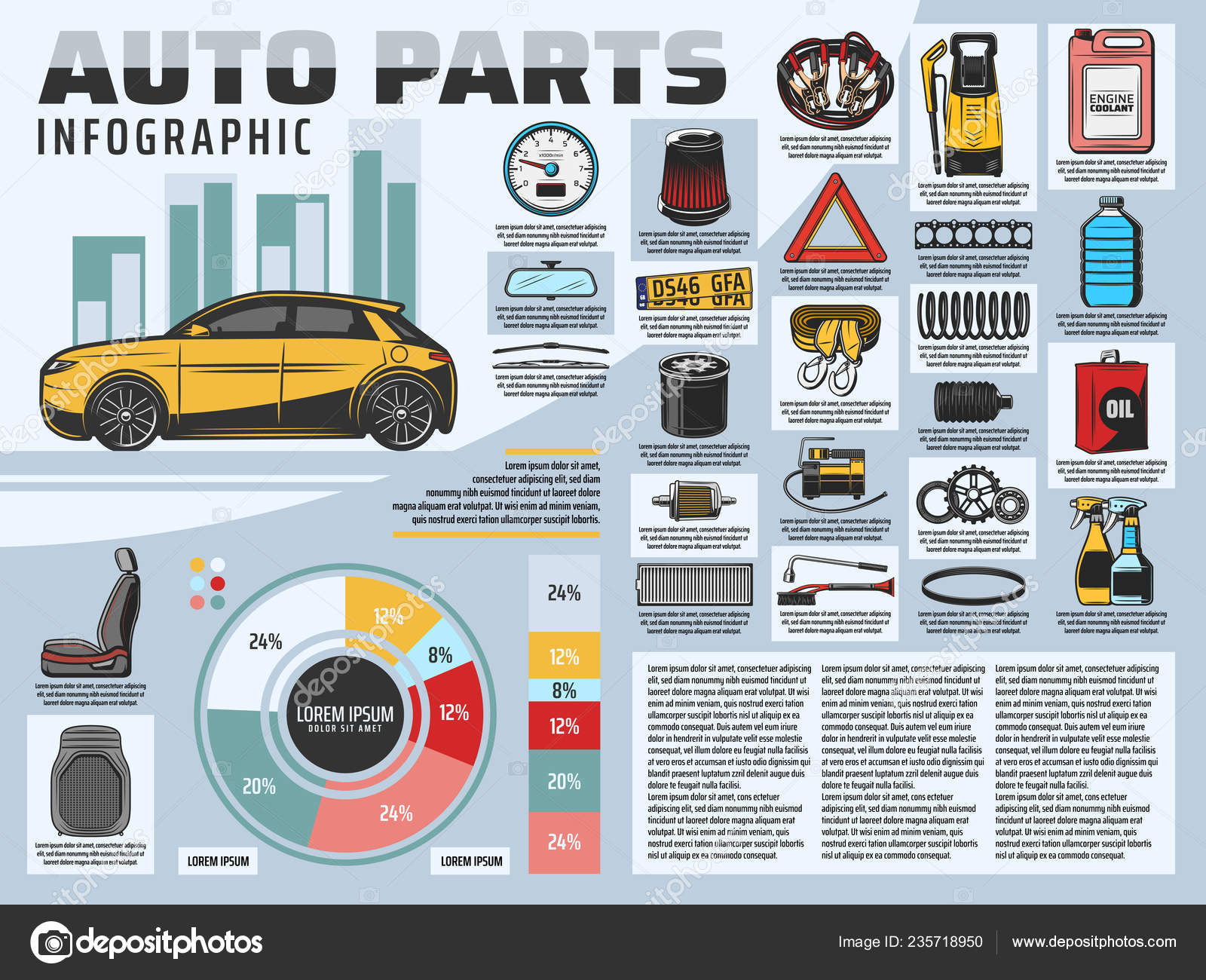Evaluating Your Auto'S Warning Indicators: What They Truly Convey
Evaluating Your Auto'S Warning Indicators: What They Truly Convey
Blog Article
deluxe car wash near me By-Samuelsen Stark
When you're behind the wheel, those radiant warning lights on your control panel can be a little bit perplexing. Do Read More In this article understand what they're trying to tell you about your car's health? Comprehending the value of these lights is crucial for your security and the longevity of your vehicle. So, the following time one of those lights turns up, would not you want to understand its message precisely and take the needed steps to resolve it?
Common Caution Lighting and Interpretations
Determine typical caution lights in your automobile and recognize their meanings to make certain secure driving.
One of the most regular warning lights include the check engine light, which indicates concerns with the engine or discharges system. If this light begins, it's critical to have your vehicle inspected quickly.
The oil pressure advising light shows low oil stress, needing instant interest to stop engine damage.
https://www.aftermarketnews.com/fisher-auto-parts-acquires-allied-auto-parts/ blinking battery light could suggest a faulty charging system, possibly leaving you stranded if not addressed.
The tire pressure monitoring system (TPMS) light informs you to low tire stress, influencing vehicle stability and gas performance. Ignoring this might lead to unsafe driving problems.
The ABS light indicates a problem with the anti-lock stopping system, endangering your ability to quit quickly in emergency situations.
Finally, the coolant temperature level cautioning light warns of engine overheating, which can cause extreme damages if not resolved quickly.
Understanding these common warning lights will assist you attend to problems immediately and maintain safe driving problems.
Importance of Prompt Focus
Comprehending the usual warning lights in your automobile is just the first step; the relevance of quickly attending to these cautions can't be stressed sufficient to ensure your security when traveling.
When a warning light illuminates on your dashboard, it's your car's means of communicating a prospective problem that needs interest. Ignoring these warnings can lead to extra extreme problems later on, compromising your safety and possibly costing you extra out of commission.
Prompt focus to alerting lights can stop malfunctions and crashes. For example, a flashing check engine light can indicate a misfire that, if left neglected, could create damage to the catalytic converter. Addressing this quickly can conserve you from a pricey repair.
Likewise, a brake system warning light may signify reduced brake liquid or worn brake pads, essential elements for your security when driving.
DIY Troubleshooting Tips
If you discover a caution light on your control panel, there are a few DIY repairing ideas you can try before looking for expert help.
The very first step is to consult your car's handbook to recognize what the details caution light suggests. Sometimes the issue can be as straightforward as a loosened gas cap activating the check engine light. Tightening up the gas cap might deal with the issue.
Another common issue is a reduced battery, which can activate various advising lights. Checking https://oilchangenearme05173.bloggerchest.com/30171065/are-you-thinking-about-uncovering-the-methods-which-automation-and-robotics-are-transforming-the-car-detailing-sector for rust and guaranteeing they're protected might repair the issue.
If a caution light persists, you can try resetting it by detaching the car's battery for a couple of mins and then reconnecting it. Additionally, inspecting your automobile's fluid levels, such as oil, coolant, and brake fluid, can assist fix alerting lights related to these systems.
Conclusion
Finally, understanding your automobile's caution lights is vital for maintaining your car running smoothly and safely. By immediately addressing these alerts and understanding what they suggest, you can avoid costly fixings and possible failures.
Remember to consult your vehicle's guidebook for certain information on each alerting light and act appropriately to make certain a hassle-free driving experience.
Remain educated, stay safe on the road!
